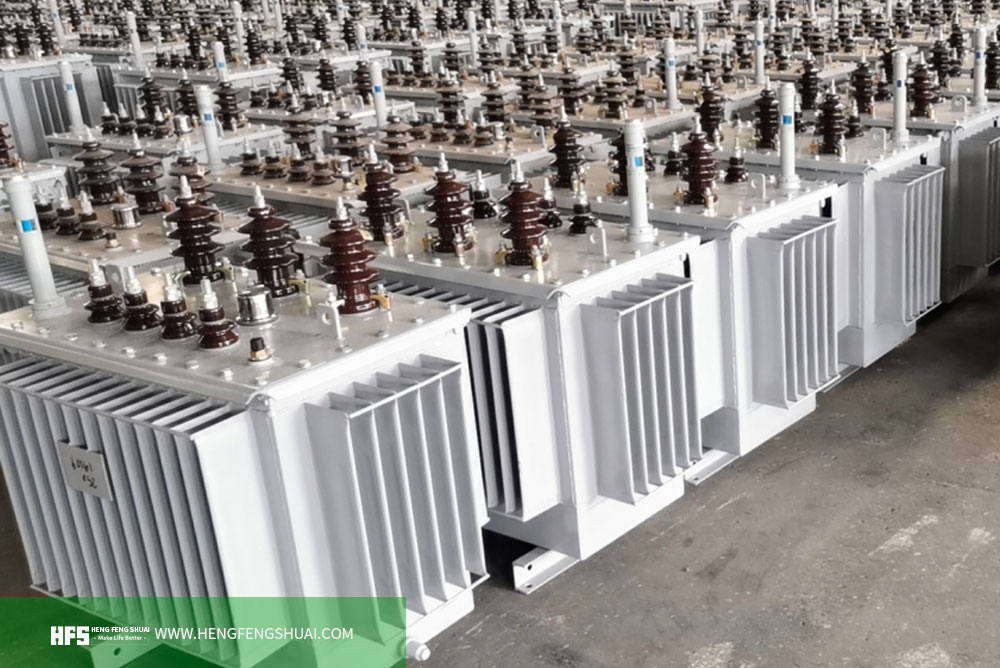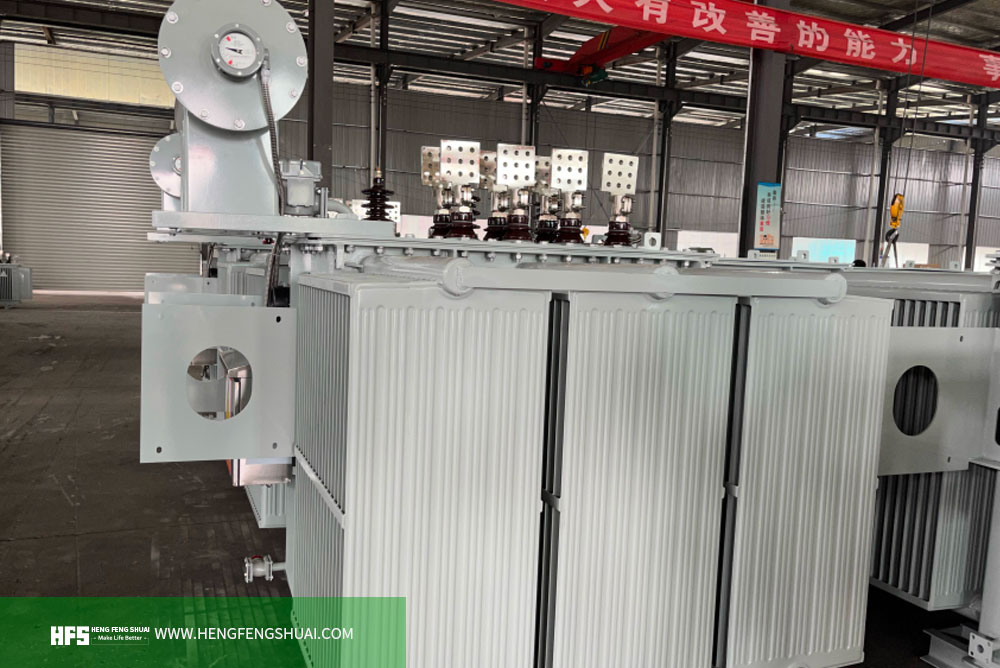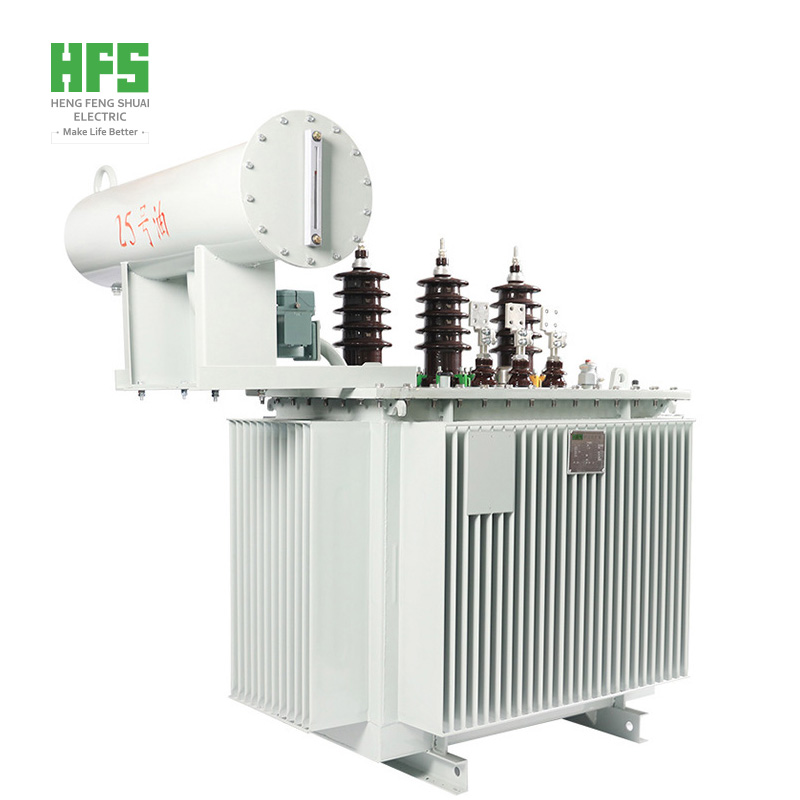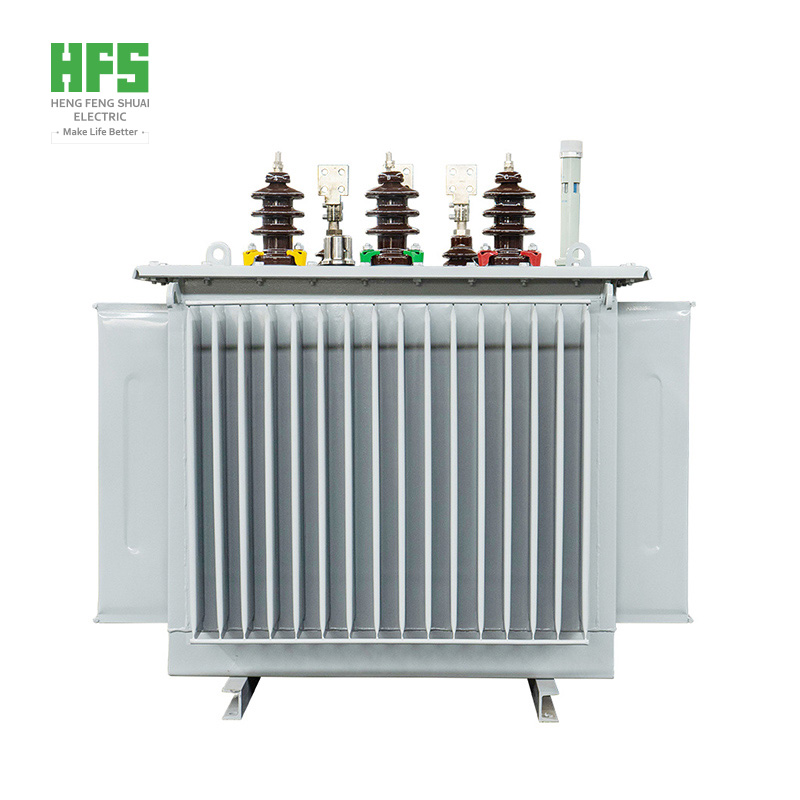In Afghanistan, there is a key economic corridor: the Wahan Corridor. It is a highway connecting the Wahan region of Afghanistan and the Kashgar region of Xinjiang, China. On October 27, 2022, the Afghan National Transport Security Council announced that due to the economic difficulties caused by the COVID-19 and the ongoing conflict, Afghanistan has suspended international freight transport to the Wahan Corridor. Jawad, spokesperson for the Ministry of Industry and Commerce of the interim government of Afghanistan, stated that Afghanistan is interested in engaging in economic trade with China through the Wahan Corridor. He said, "We have always dreamed of connecting with China through the Wahan Corridor.". What has happened in recent years on the Wahan Corridor in Afghanistan? What impact does the current economic development have on Chinese enterprises? What are the opportunities and challenges for Chinese transformer export enterprises?

This article will be led by Molly, the sales manager of Hengfengshuai Electric, to explore these issues together.
Development of Afghanistan's Wahan Corridor
The Afghanistan Wahan Corridor, located between Afghanistan and Pakistan, is a valley approximately 32 kilometers long and an important passage connecting Central Asia and China. Due to its unique geographical location, this corridor has very high strategic value for Chinese power transformer export enterprises. It is considered a bridge connecting China and Afghanistan, and is known as the China Afghanistan Economic Corridor. The construction of this corridor began in 2015, but it was not opened until 2019. In September 2019, under the joint witness of UN Secretary General Guterres and Afghan President Bamir Salah Hakani, the United Nations and the Afghan government signed an agreement on the construction of the Wahan Corridor project. In September 2022, the Afghan government announced that it would complete the construction of the new highway in the Afghanistan Wahan Corridor by September 2023. This new highway will connect the main cities between Kabul and the Wahan Corridor, and is expected to increase the annual container transportation volume in the region by about 20%. The Afghan government hopes that this new highway can improve the transportation capacity of the region and create more employment opportunities for the local area. According to the Kabul Wahan Corridor Economic Development and Transport Commission (CCECO), the Afghan government plans to invest $568 million to build a highway with a total length of approximately 110 kilometers, making the corridor the main economic corridor connecting Kabul and the Wahan Corridor. After the new highway is built, approximately 15000 cars will pass through the area annually.

Opportunities for Chinese Power Transformer Enterprises in the Afghanistan Wahan Corridor
With the advancement of Afghanistan's reconstruction process and the in-depth implementation of the "the Belt and Road" initiative, Afghanistan's demand for efficient and stable power supply is growing, especially for the Wahan Corridor in its remote areas. In addition, all beneficiaries of the potential economic advantages of the Wahan Corridor have already participated in multiple collaborative projects. For example, the Central Asia South Asia Direct Current Transmission Project (CASA-1000) and the Central Asia Regional Economic Cooperation (CAREC). The development of the Wahan Corridor can become a model for large-scale regional integration and economic cooperation. China's power transformer manufacturing technology is advanced, cost-effective, and has a mature export service system, which provides a huge market space for China's power transformer enterprises. At the same time, entering the Afghan market through the Wahan Corridor can further radiate neighboring countries and regions, expand sales networks and brand influence, form a radiation effect, and bring new opportunities for sustainable development to enterprises. Hengfengshuai Electric has successfully entered the Afghan market in 2022 and currently has multiple electrical distribution customers in the local area, molly@hengfengyou.com (Molly)
1. Expand the market: With the gradual recovery of the Afghan economy, the demand for electricity infrastructure is also increasing. Chinese power transformer enterprises, with their technological advantages and product quality, are expected to occupy a larger share in the Afghan market.
2. Expanding business: With the increasingly frequent exchanges between Afghanistan and the international community, Chinese power transformer companies have the opportunity to export their products to more countries and regions, further expanding their business scope.
3. Brand enhancement: Achieving success in the Afghan market helps to enhance the brand image and visibility of Chinese power transformer enterprises, laying a solid foundation for future development.
The Challenge of Afghanistan's Wahan Corridor to Chinese Power Transformer Enterprises
However, opportunities always coexist with challenges. Firstly, the complexity and uncertainty of the situation in Afghanistan may bring certain difficulties and risks to enterprises in logistics transportation, installation and commissioning, and subsequent maintenance. Secondly, adapting to the unique geographical and climatic conditions in the local area requires higher requirements for the durability, adaptability, and energy-saving performance of power transformers. Furthermore, in the face of international market competition, it is also necessary to cope with the competitive pressure of technology, prices, and services from suppliers from other countries. In addition, complying with local laws and regulations, respecting cultural differences, and achieving localized operations are also major challenges for Chinese companies when conducting business here.
1. Political risk: The instability of the Afghan political situation and international sanctions may affect the business operations of Chinese power transformer companies in Afghanistan. Therefore, enterprises need to closely monitor the political situation and conduct risk assessments.
2. Trade barriers: Trade barriers between Afghanistan and the international market may hinder the export of Chinese power transformer enterprises. Enterprises need to actively seek policy support, improve product quality, strengthen brand building, and cope with the impact of trade barriers.
3. Cultural differences: Afghanistan and China have differences in culture, consumption habits, and other aspects, which may affect the sales and promotion of Chinese power transformer enterprises in the Afghan market. Therefore, enterprises need to understand the local market and develop targeted marketing strategies.
Conclusion:
The reopening of the Afghanistan Wahan Corridor has brought new opportunities and challenges to Chinese power transformer export enterprises. As a sales manager with rich experience, I believe that enterprises should seize this opportunity, actively respond to challenges, strive to expand the market, and enhance brand image. At the same time, facing the opportunities and challenges brought by the Afghanistan Wahan Corridor, Chinese power transformer export enterprises should actively adopt strategies. On the one hand, they should increase investment in technological research and development, improve product quality, and meet special market demands; On the other hand, strengthening risk management, establishing a flexible and effective supply chain system, and actively promoting localized services, enterprises also need to do a good job in risk assessment, actively seek policy support, and strengthen their own strength to cope with various possible problems. As long as we continue to work hard and innovate, Chinese power transformer enterprises will be able to achieve greater success in the Afghan market so as to successfully seize this historic market opportunity and help the construction of the "the Belt and Road" and the deepening development of China Arab economic and trade cooperation.












